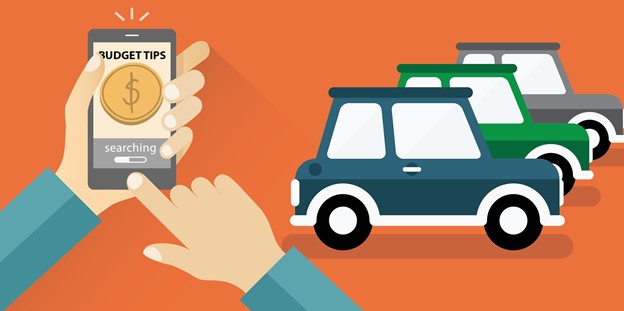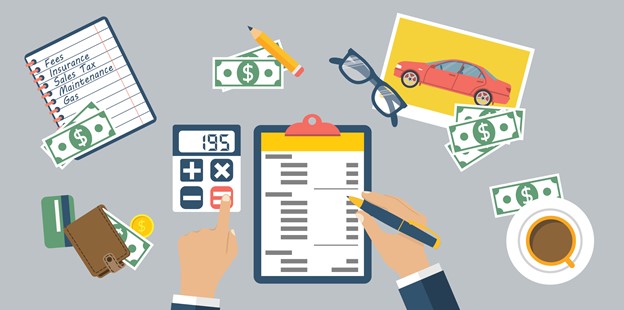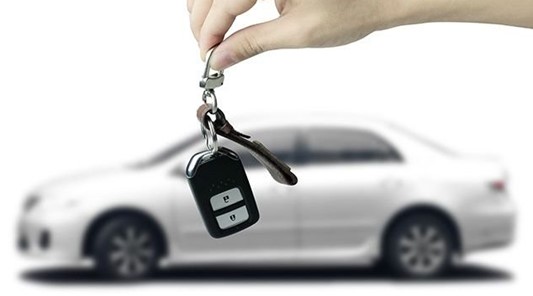How to Calculate your Car Budget

Budgeting for a car may seem daunting. Prior to purchasing, there are many factors to consider such as the initial price/loan payments, insurance, repair and maintenance, gas, etc. If you’re in the market for a new vehicle, you should first determine what you can actually afford. When considering leasing or financing a vehicle, you should understand the total costs involved. Consider the following factors when calculating your new car budget:

Total Cost:
Unfortunately, the sticker price of your vehicle does not include additional expenses like the sales tax, title and registration fees, and optional items, like extended warranties. Keep these in mind and leave yourself some wiggle room with your budget when shopping for a new vehicle. Remember that you will also need to worry about auto insurance, gas, regular maintenance, repairs, registration, and other costs associated with owning a car.
Monthly Payments:
If you will be financing or leasing a vehicle, then you’ll need to calculate your ideal monthly payments. Keep in mind that your monthly payment will include both principal and interest. The loan term, interest rate, and down payment will all affect your monthly payment.
Down Payment:
Most vehicle purchases are made with a down payment. The more you can devote to your down payment, the lower your monthly bill will be.
Trading in your Old Vehicle:
Have you considered trading-in your old car? It will help reduce the total cost of the new vehicle and can improve your loan terms. Trading in your vehicle may also give you more pull when you are attempting new car negotiations.

The 10%-20% Rule:
For drivers who want to be frugal with their purchase, you’ll want to devote about 10% of your income towards your vehicle. This means that if you make $3,000 per month, you’ll want to devote $300 per month towards monthly payments for all of your vehicles. (Most people spend about 20% of their income on their transportation, so this may be a more realistic estimate.)
If you’re not planning on financing your new car, then the 10%-20% rule still applies. You’ll want to take 20% of your annual income to determine what you can afford to spend on a vehicle. For instance, at $36,000/year, you’ll be able to spend $7,200 yearly on your vehicle ($36,000 x .20 = $7,200).
Your Total Debt:
For drivers who want If you currently have a lot of debt and don’t want to add too much onto your load, then there is a simple 36% rule to follow. Consumer Reports found that it is best to spend no more than 36% of your gross monthly income on debt. Itemize what all of your monthly debt payments are, including mortgage, credit cards, and loans. Once you’ve totaled those, subtract them from 36% of your income to determine how much you can realistically add. For instance, if your income is $3,000 per month and you already spend $800 per month on credit card and loan payments, you can only afford a new monthly auto loan payment of $280, calculated as ($3,000 x .36) – $800 = $280.00.

Have any further questions? Whether you have current debt or credit issues, our agents are here to provide information and explain your options regarding an auto loan. Have you considered giving us here at autoloans.ca a call? We afford every application we receive the same decision process, meaning that no matter how bad your credit score is, you’ll get the same degree of attention and care as everybody else.

